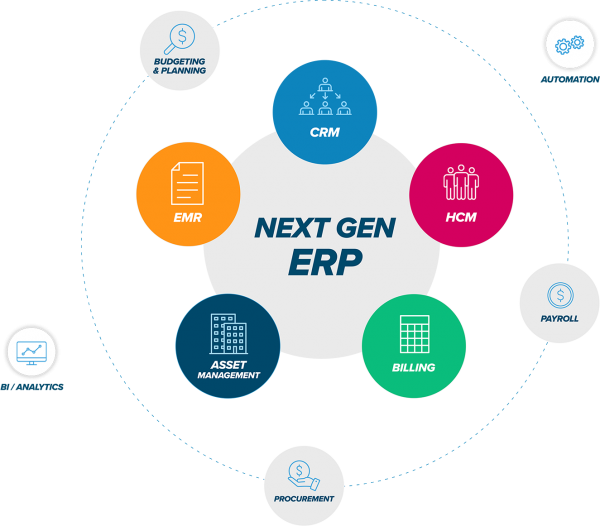Stabilizing Vital Signs of Healthcare Provider Burnout to Realize Opportunities for Operational Efficiency
As healthcare worker shortages continue to plague medical providers and long-term care facilities, the need to develop innovative strategies to identify at-risk employees is critical. Conquering burnout—while helping to increase retention and productivity—enables healthcare organizations to focus on improving quality of care and patient outcomes while optimizing operational efficiency.
At the intersection of employee well-being and digital transformation lies an opportunity to enhance employee interaction. In a recent webinar entitled “Stabilizing Vital Signs of Burnout to Realize Opportunities for Operational Efficiency,” a group of healthcare and technology experts examined how successful healthcare organizations can benefit from the application of Forrester Research’s digital operations platform (DOP) concept, designed around next-generation technology.
Early Detection through Data
While there isn’t a technology system that’s been designed to solely monitor burnout, healthcare organizations do have access to their organizational data, and putting that data to work is the key to early detection of burnout. The challenge is bringing together this data, particularly when it tends to live in disparate systems like EHR, HR or Human Capital Management, accounting and other systems, to reveal the whole picture.
“When you’re able to link important trends from clinical and operational data, like employee surveys and number of patients seen or increased costs in temporary staffing due to absenteeism, then you can begin to uncover otherwise hidden signs of burnout,” explains Tom Thornton, Practice Director with Net at Work.
This is where a relatively new concept of technology architecture can prove invaluable.
Defining a DOP and its Applications in Healthcare Organizations
 A digital operations platform, or DOP, is a term that was originally introduced by Forrester Research a few years ago. It’s the next generation of enterprise resource planning, or ERP, in which it’s more adaptive for healthcare organizations’ fast-changing operational needs, such as dealing with the approach of value-based care and new regulatory measures.
A digital operations platform, or DOP, is a term that was originally introduced by Forrester Research a few years ago. It’s the next generation of enterprise resource planning, or ERP, in which it’s more adaptive for healthcare organizations’ fast-changing operational needs, such as dealing with the approach of value-based care and new regulatory measures.
DOP is based on AI (Artificial Intelligence) to support operational efficiency and innovation, such as detecting anomalies within the GL as opposed to relying on staff to identify issues manually. And a DOP is accessible beyond the browser, so organizations can effectively streamline the physical and digital experience for patients, payers, clinicians, and government entities.
When considering all the other systems that healthcare organizations use in daily operations – patient scheduling, revenue cycle management, accounting, EHR—think about how much data is held in each of those systems. Each one has the ability to generate reports that are critical in decision-making processes, but how many of those systems have the ability communicate that data cross-platform to provide a holistic view of the organization? How many spreadsheets are you creating trying to tie this information together? How long does it take to get the information you need to make critical decisions? Is the data accurate?
These are all questions that healthcare organizations should be considering when thinking about digital transformation. By eliminating the disparate sources of data, they can facilitate faster, more informed decision-making processes that are necessary to thrive in today’s healthcare landscape.
Learn more about how leading healthcare organizations have streamlined accounting, optimized operations, and maintained compliance while using a next-generation, HIPAA-compliant financial hub, in a related webinar, “Next Gen Cloud Financial Management for Healthcare Providers.”



